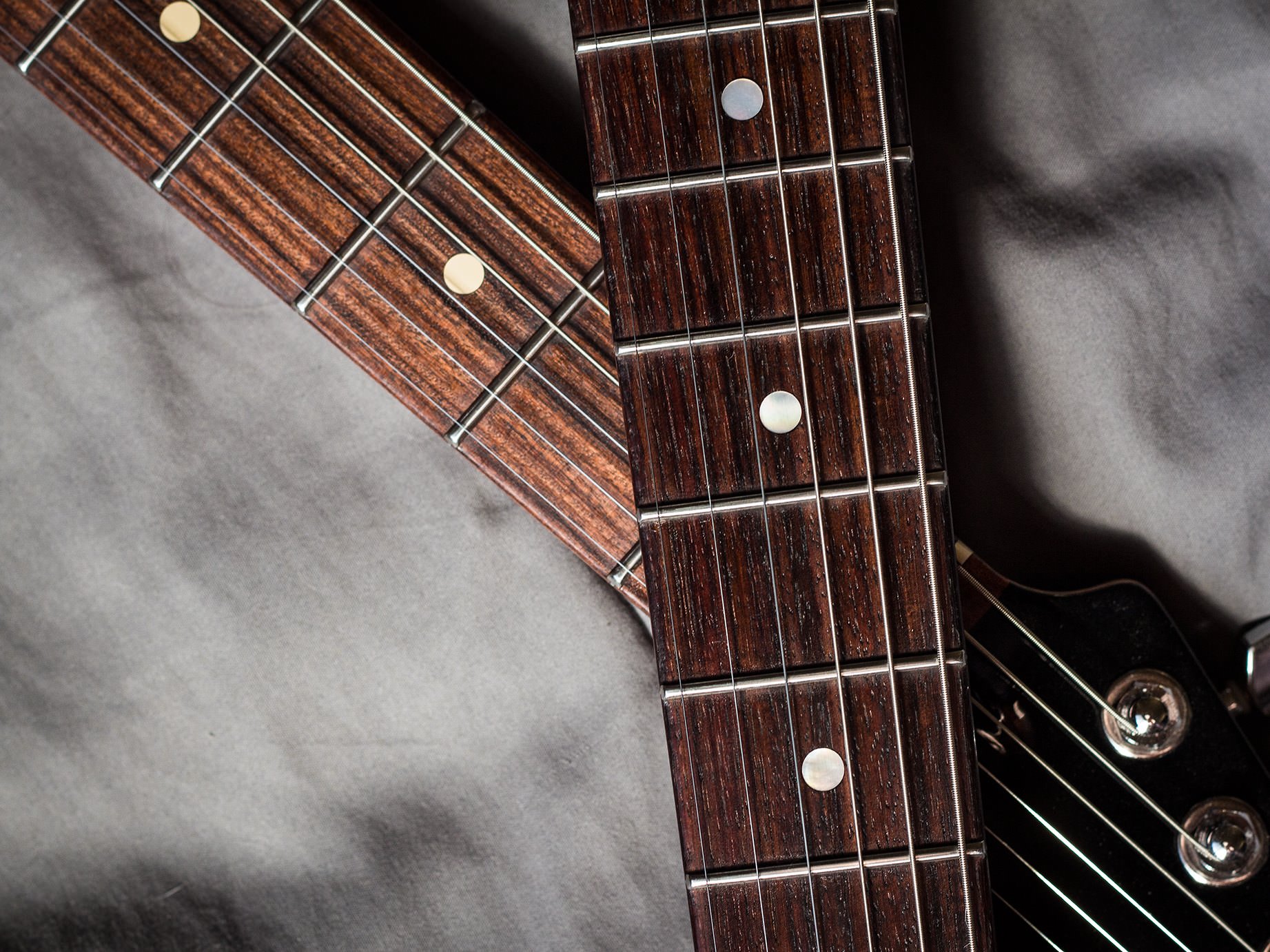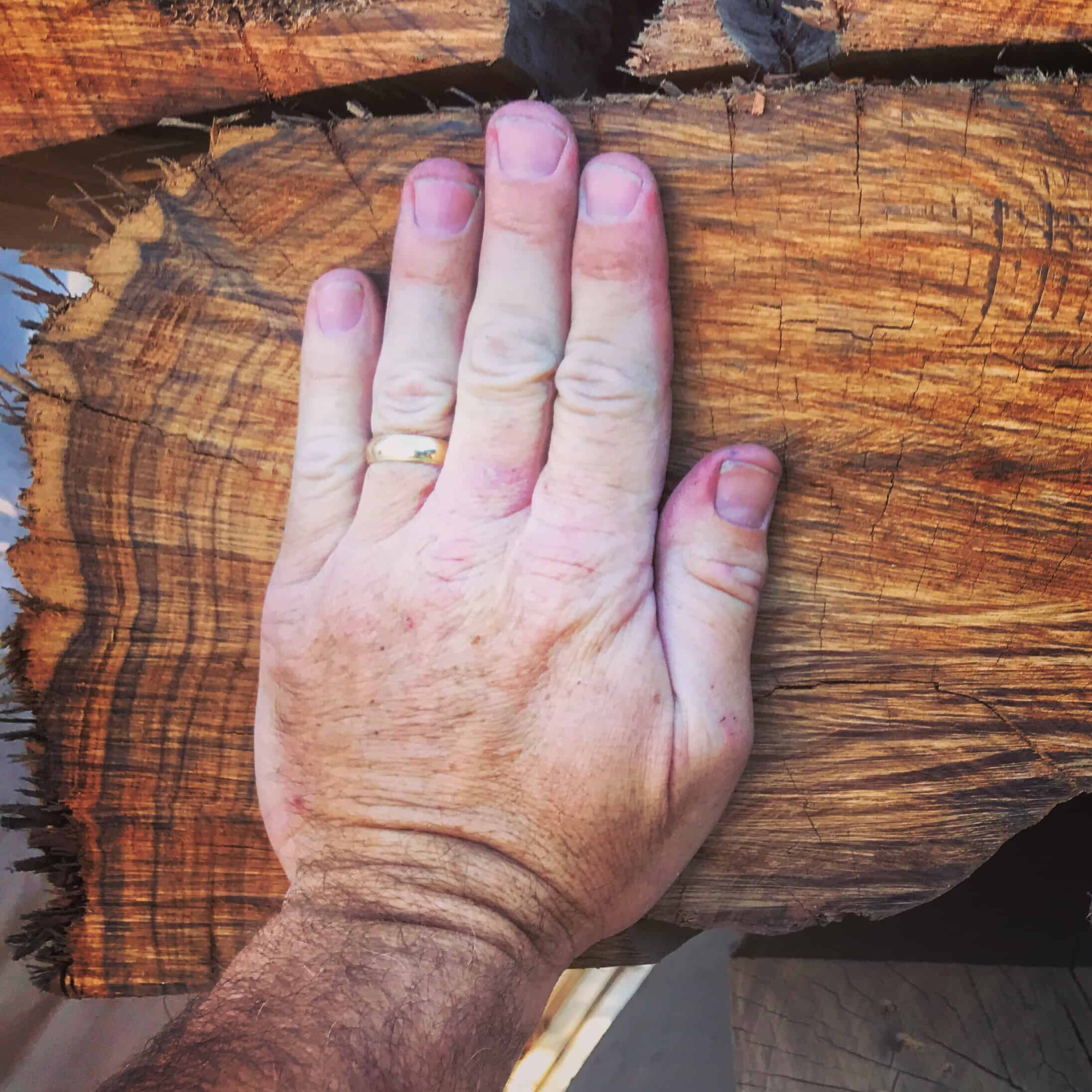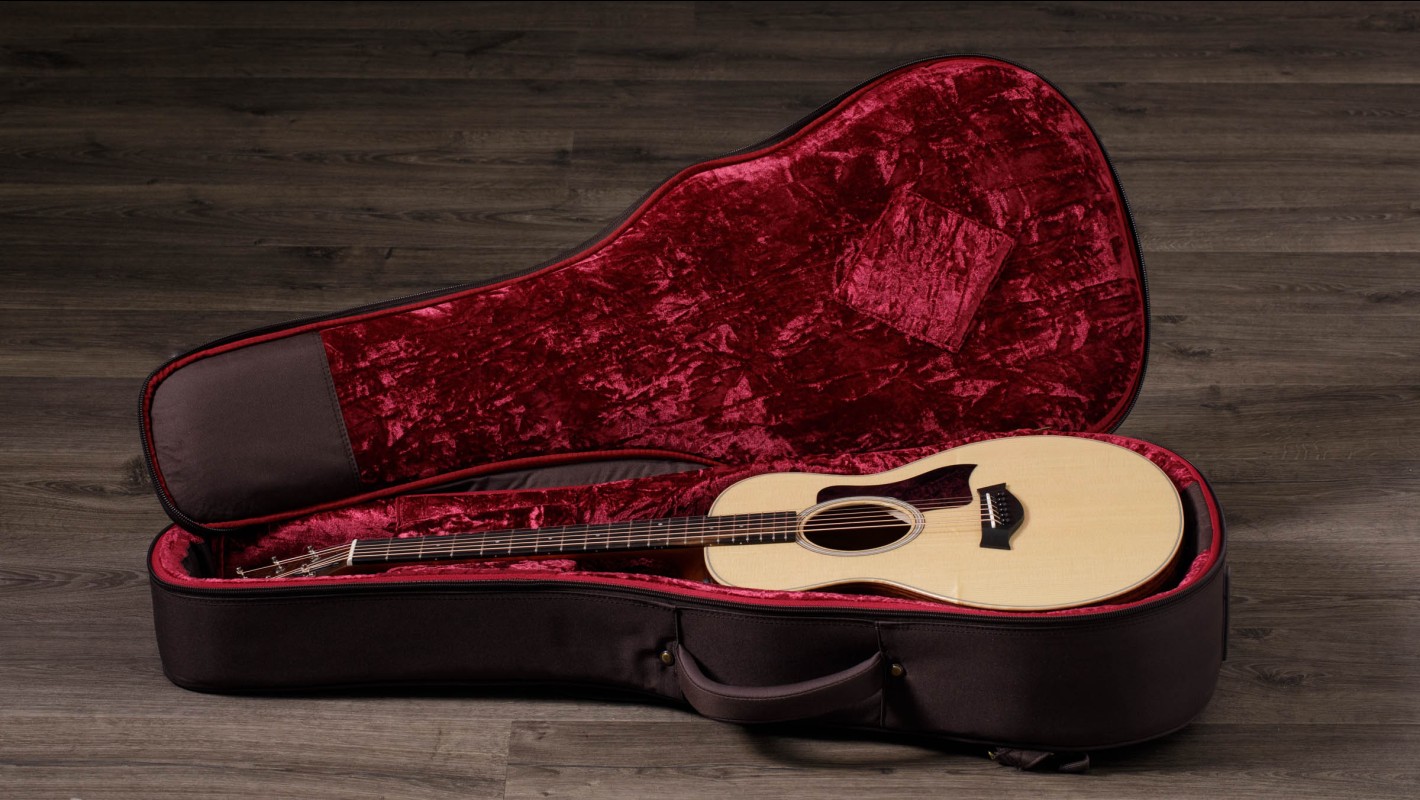Contents
Rosewood used to be the material of choice of many guitar brands but due to recent laws and regulations, other woods have started gaining prominence. One prime example is pau ferro which is widely available and comes at reasonable prices for most of the time. Unsurprisingly, in discussions and debates about the material of guitar, pau ferro vs. rosewood is a common topic. If you want to know more information about the woods so you can make an informed purchase, read to the end.
Characteristics Of The Woods
Profile
From the outside, rosewood is darker than pau ferro and while both share a shade of brow, rosewood is the cooler one between the two. Since different guitarists tend to have different preferences, there is no clear winner in terms of look. Noteworthily, depending on the situation, people may implement a number of measures to make their pau ferro guitars look like rosewood ones. For instance, it’s possible to use wax, lemon oil and so on to give pau ferro a dark appearance that resembles rosewood.
Integrity
All in all, the high hardness ratings of pau ferro and rosewood mean they hold up well against abuse. Aside from that, thanks to their oily nature, the woods also boast tip-top warping resistance compared to other woods. That being said, despite the gap in density, rosewood usually holds an edge over pau ferro once it comes to integrity. If you desire a guitar that lasts, it’s strongly recommended that you stick to rosewood models.
Feel
In case you don’t know, rosewood is porous and a lot of gaps exist between its grains. Therefore, the fingerboard of rosewood guitars is not exactly smooth and it generates quite a bit of fiction as people bend the strings. Meanwhile, pau ferro is not as porous as rosewood so it feels more gentle and the reduced friction permits faster string plays. Needless to say, pau ferro is popular among those who care about feel while shopping for guitars.
Tone
As mentioned above, there is a density gap between pau ferro and rosewood which leads to distinct audio properties. Being the denser of the two, pau ferro features a bright tone with snappy sounds while the tone of rosewood is warm with generous sustain. Again, owing to the diversity of tastes, the community is at odds about which wood possesses the best tone. For good measure, you should listen to the tone of pau ferro and rosewood guitars then make up your mind accordingly.
Price
Considering the restrictions imposed by changes in laws and regulations, it’s only natural that rosewood costs more than pau ferro on average. Consequently, various budget-minded guitars around the globe regard pau ferro as the winner in pau ferro vs. rosewood. In the case that you believe in traditions and have a fat wallet, feel free to invest in a rosewood guitar. On the other hand, if your budget is kind of tight, it’s a good idea to grab a pau ferro guitar and save some bucks.
Conclusion
|
Pau Ferro |
Rosewood |
|
-Light colored -Rugged -Unmatched feel -Bright tone with snappy sounds -Economical |
-Dark colored -Superior endurance -So-so feel -Warm tone with generous sustain -Expensive |
To put it plainly, pau ferro and rosewood have their own ups and downs so in the end, it’s up to you to decide. If all you need is a no-nonsense guitar that performs well and is affordable, prioritize pau ferro models. If you seek a guitar built like those in the old days, rosewood is going to be the optimum material for your instrument. Assuming that you properly establish your needs and requirements, it’s not hard to determine which one suits you most.
Common Woods In Guitars: Breakdown
Obviously, in addition to pau ferro and rosewood, guitar brands also use other woods to produce guitars. Down below is a list of common woods used in the construction of guitars.
- Alder: Similar to rosewood, alder used to be a popular material for guitars, especially in the 1950s – 1960s period. Capable of delivering clear sounds with solid mids and excellent lows, alder guitars complement all sorts of genres.
- Maple: Dense and heavy, maple is used by a wide range of guitars, traditional as well as contemporary. By making use of maple, guitars can achieve a bright and precise tone which is a big plus.
- Mahogany: Compared to other woods on the market, mahogany is adaptable so people use it to build bodies, necks, etc. The presence of mahogany usually guarantees warm sounds with a nice balance between bite and grind.
- Walnut: A combination of rich colors and aesthetically pleasing grain patterns means walnut scores well in terms of look. In the case of tone, walnut guitars resemble their mahogany counterparts: The tone is warm but with stronger low end and superior rightness.

Hi music fan! I am Jeff. Hope that you enjoy some stuff I shared here in my personal blog.
About myself, Currently I am in charging as Artist Manager/Music Supervisor at 72 Music Management. I did managed album to Grammy Award in 2017 with 7 Nominations from 2014-2020 and had the opportunities to work with : A.J. Croce, Blind Boys of Alabama, Bobby Rush, Dom Flemons, Dustbowl Revival, Sarah Grace
Governor of the Memphis Chapter of The Recording Academy is one of a award that I am lucky to achieved.


